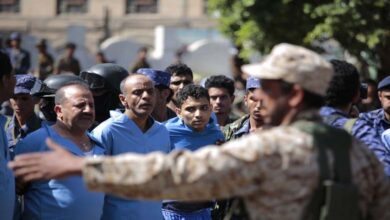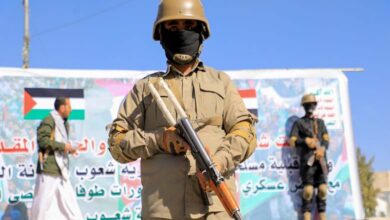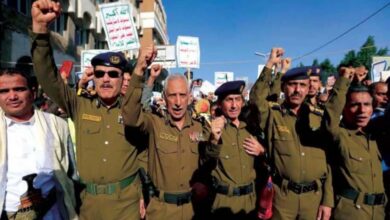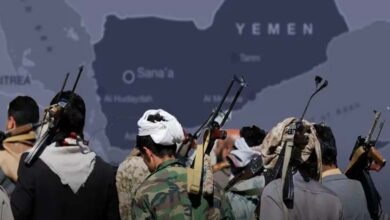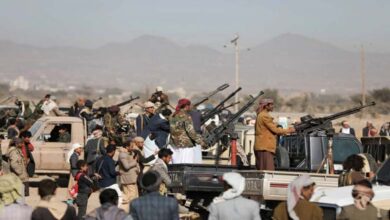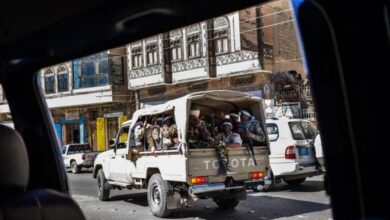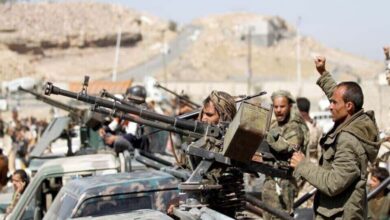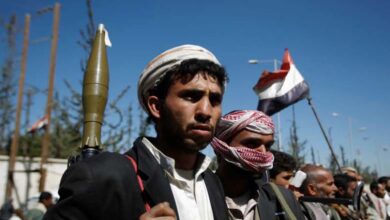Saudi Arabia enhances air defenses by commissioning its first THAAD battery
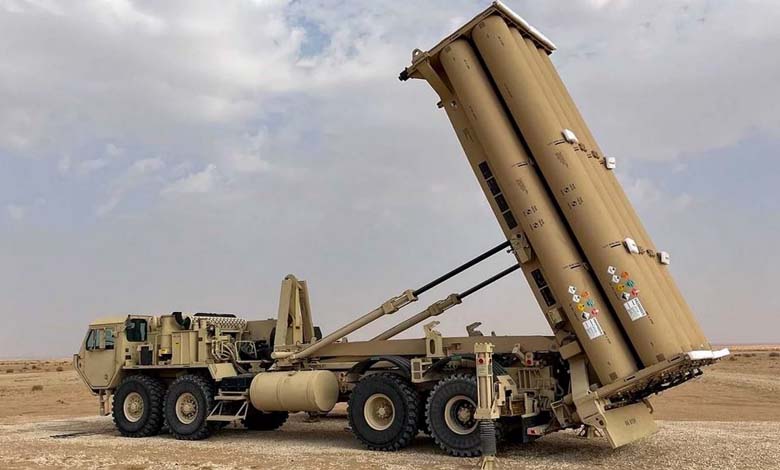
Saudi air defense forces have officially launched their first U.S.-built THAAD battery, following comprehensive testing, inspection, and field-training exercises conducted within the kingdom. This initiative is part of a broader effort to train operational and maintenance crews for the ballistic missile “hunter,” considered a cornerstone of Saudi Arabia’s air defense infrastructure.
-
America Approves Two Arms Deals for the UAE and Saudi Arabia
-
Washington Seeks Normalization Between Israel and Saudi Arabia Before Presidential Elections
According to the Saudi Press Agency (SPA), a flag was presented during an inauguration ceremony at the Air Defense Forces Institute in Jeddah, marking the system’s entry into official service. The project aims to strengthen air defense readiness and protect national airspace and strategic installations.
THAAD (Terminal High Altitude Area Defense) is the only U.S. missile-defense system capable of intercepting short to intermediate-range ballistic missiles, both inside and outside the atmosphere. Each battery typically requires around 100 personnel, consists of six truck-mounted launchers (each with up to eight interceptors), a powerful radar unit, and an advanced BM/C3I command-and-control system.
-
Saudi Arabia Imposes Strict Regulations to Prevent the Politicization of Hajj and the Manipulation of Pilgrims
-
In a surprising decision, the Houthis threaten to target Saudi Arabia
Saudi crews previously completed training at Fort Bliss, Texas, with at least two batteries trained and certified.
In 2017, Riyadh signed a $15 billion deal with Washington to acquire seven THAAD batteries, which included 44 launchers, 360 interceptors, seven AN/TPY‑2 radar units, and 16 mobile fire-fighting units.
Recent collaboration between Lockheed Martin and Saudi Arabia’s International Iron & Construction Company has produced the first domestically built THAAD launchers, supporting the localization of military industries within the kingdom. Ahmed Al‑Uhly, Governor of the General Authority for Military Industries, confirmed Saudi Arabia’s ambition to localize at least 50% of military spending by 2030. This includes the domestic production of munitions, vehicles, drones, and even Patriot system components.
-
Sullivan Brings Defense Deal to Saudi Arabia to Encourage Normalization with Israel
-
Saudi Arabia still interested in normalization with Israel after Gaza War
The THAAD system comprises four main components: a mobile launcher, a single-stage interceptor missile, a dedicated THAAD radar, and an integrated BM/C3I command infrastructure. The interceptor has a range of 150–200 km, while the AN/TPY‑2 radar can detect missiles 870–3,000 km away. THAAD can neutralize short- and medium-range ballistic threats both inside and outside the atmosphere, offering a higher-altitude complement to the Patriot system.
THAAD’s development began in 1992, a prototype was first tested in 1995, and full-scale production began in 2000. The U.S. first approved foreign sales in 2012, selling the system to Qatar and the UAE, which deployed their first batteries in 2016. They trained crews at Fort Bliss and were operational by 2016.
-
Saudi Arabia consolidates its support for the Moroccan Sahara Internally and Externally
-
Germany lifts the ban on selling fighter jets to Saudi Arabia
In 2022, amid heightened Houthi missile attacks on Saudi and Emirati interests, THAAD proved its effectiveness in intercepting ballistic missiles aimed at both countries. Former CENTCOM commander Kenneth McKenzie confirmed its active role in protecting Emirati airspace. The U.S. continues collaborating with regional partners to enhance defense capabilities against drone threats.


